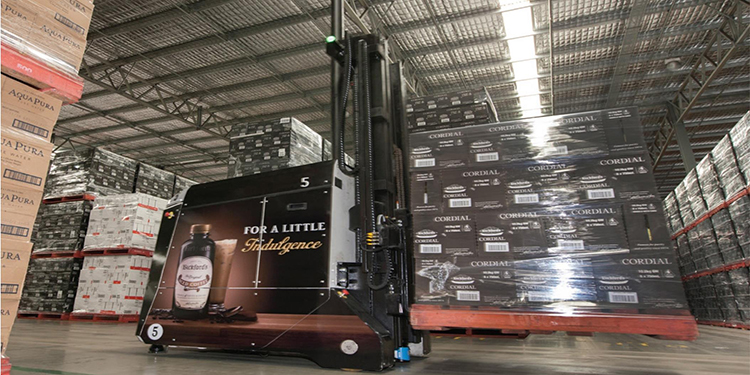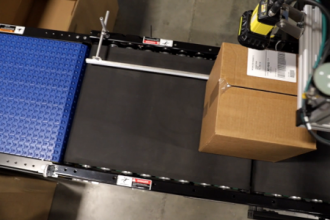
One of the many well-documented effects of the COVID-19 pandemic has been consumers’ shift to shopping online instead of in-store. The result has sent warehouses and distribution centers into a frenzy as they attempt to meet the rapidly rising demands of e-commerce against the backdrop of an existing labor shortage and new social distancing restrictions within their facilities to safeguard the health of their employees. As a result, more operations are exploring their automation options, including autonomous mobile robots (AMRs), as recently discussed in the MHI Solutions article, “Safe Passage.”
The article explores how disruption at one warehouse or distribution center can impact the rest of the downstream operations for everything from traditional retail stores, to buy online/pick-up in store models, to consumer home delivery. AMRs, however, easily adapt to rapid fluctuations in demand in real-time, mitigating the impact of such challenges thanks to their functional scalability and flexibility.
Additionally, this type of automation supports social distancing by traveling between workers stationed at specific work cells. Because personnel are in fixed locations, they are naturally separated.
Further, robotic fleet management software — working in conjunction with overarching warehouse management software — orchestrates tasks across a facility’s entire collection of resources: employees, AMRs, and other equipment included. Powered by artificial intelligence (AI), orchestration engines can consider predetermined social distancing constraints in real-time while automating multiple individual tasks. Given a parameter for minimum spaces between workers, orchestration software can determine the best approach to task allocation. This helps associates more successfully adhere to health and safety guidelines throughout their shift.
The technologies themselves feature built-in safety sensors and other on-board obstacle detection and avoidance systems to prevent collisions with their human colleagues. Programmed to run at speeds that optimize the safety of their environment and continuously on the alert, AMRs stop if they detect an imminent impact to protect workers and the surrounding facility. Because of this, they are no longer restricted to performing processes in fenced enclosures, but rather can navigate safely through operations as they support a human workforce. Adequate training of associates to educate them about safe interactions with AMRs, of course, is critical to ensure the success of such an implementation.
Looking for more information on how robotic automation can help your operation better manage the demands of the pandemic? Read the full article, here.



